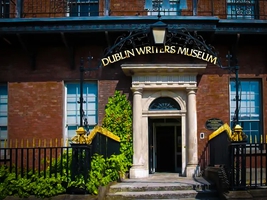
Dublin Writers Museum
This charming location at least gets the good intentions rolling, even though aspiring writers would readily admit that they spend more time composing a social media status than the next Dracula.
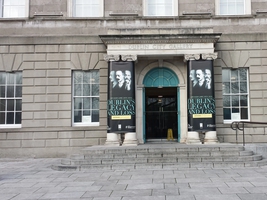
The Hugh Lane
Francis Bacon's studio and gallery are the main draw at the Hugh Lane Gallery of Modern Art.
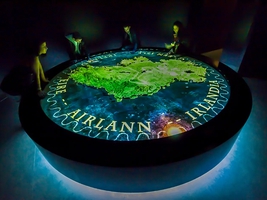
The National Leprechaun Museum
Folklore made fun, an oral storytelling experience taking you on a trip to the Otherworld, home of leprechauns and other mythical creatures.
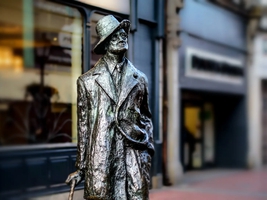
James Joyce Centre
The James Joyce Centre is a museum and cultural centre in Dublin, Ireland, dedicated to promoting an understanding of the life and works of James Joyce.
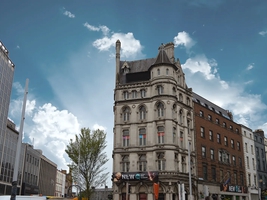
The National Wax Museum Plus
The National Wax Museum Plus is a privately owned waxworks museum in Dublin, Ireland.
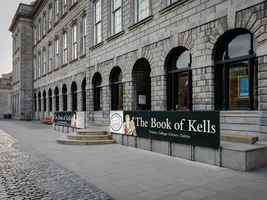
The Book of Kells
Shine a light on Irish history. Visit the Book of Kells, Ireland's greatest cultural treasure, and marvel at the Long Room, one of the world's most beautiful libraries.
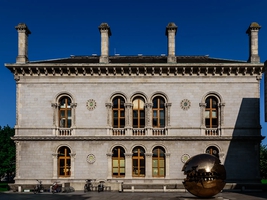
Geological Museum
If you want to learn science that deals with the history of the earth, see dinosaur’s egg, dinosaur bones and meteorites, then this is a place in Dublin for you to visit.
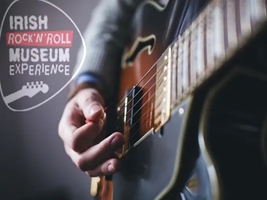
The Irish Rock 'N' Roll Museum
It’s one of these Dublin attractions and a must place to visit if you’re a music lover. The tour starts with a little bit a taste of Irish music history.
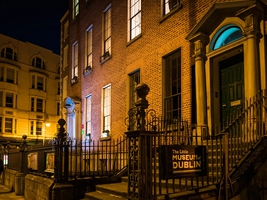
The Little Museum of Dublin
The oddest displays in Dublin may be found in this cozy townhouse, dispelling any concept that a museum should be stuffy.
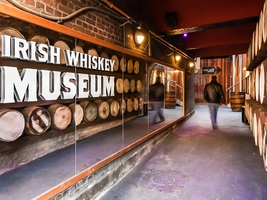
Irish Whiskey Museum
The first Irish whiskey museum in the world! You can make and taste different whiskeys from a range of distilleries.
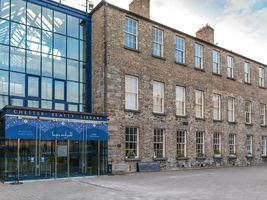
Chester Beatty Library
The best-kept literary secret in Dublin Castle, this literary treasure is home to a renowned collection of ancient manuscripts from all over the world.
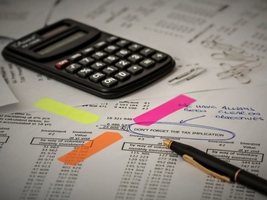
Revenue Museum
The Revenue Museum is that Dublin attraction, which gives us an insights into the long history of the collection of taxes and duties and custom controls over centuries in Ireland.
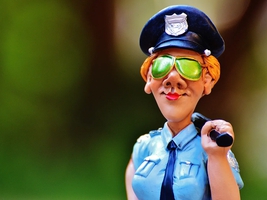
Garda Museum
A centralized police force was proposed to Ireland in 1783 and Dublin Metropolitan Police came to existence, 33 years earlier than in United Kingdom’s capital London.
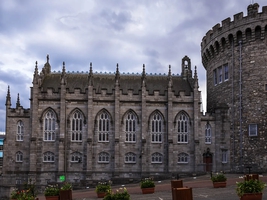
Chapel Royal
A beautiful Chapel Royal is one of the finest Gothic revival interiors in Ireland and is situated next to the Record Tower.
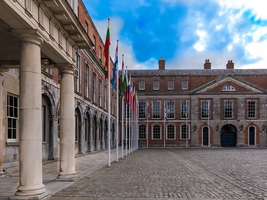
State Apartments
The State Apartments, located in the Upper Yard, contains the rooms formerly used by the Lord Lieutenant for personal accommodation as well as public entertaining.
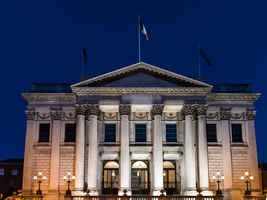
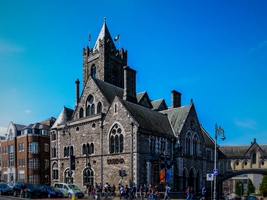
Dublinia
Dublinia is the Latin name for Dublin, so as the names suggests, this attraction is all about Dublin.
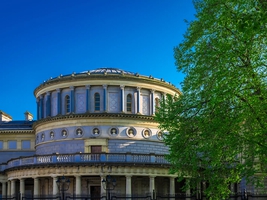
National Archaeology Museum
In the Archeology Museum you can discover gold, ceramics and other archaeological treasures found not just in Ireland.
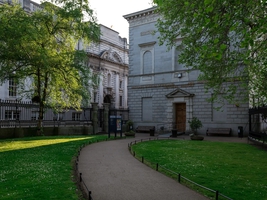
Natural History Museum
Dublin's "Dead Zoo," as it is commonly called, is a treasured component of the city's fabric and brings back wonderful memories of field excursions.
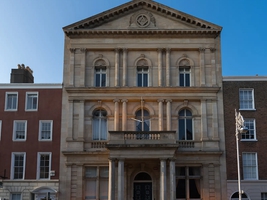
Freemasons' Hall
A Victorian building by Architect Edward Holmes was completed in 1860s and it’s been the headquarters of Freemasonry since the very beginning.
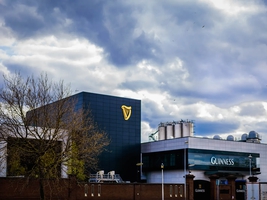
Guinness Storehouse
In 1759 Arthur Guinness signed a 9000 year lease at £45 per year for then unused St. James gate Brewery and started his brewing business.
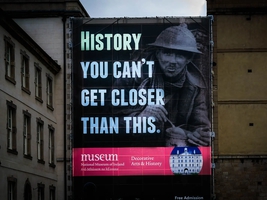
National Museum of Ireland - Decorative Arts & History Museum
Built as the Royal Barracks in 1704 by Thomas Burgh, National Decorative Arts and History museum is a former army barracks, which was the biggest residential barracks in Europe.
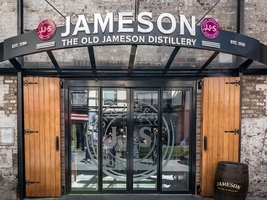
Jameson Distillery Bow St.
This is an Irish whiskey journey with the guided tours and tastings at the end. Unfortunately no whiskey is distilled at this location anymore, now it’s a visitor centre.
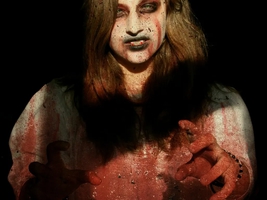
Bram Stoker's Castle Dracula
Be prepared to be scared. Bram Stoker Dracula experience is interactive, different and entertaining. At times, it might be scary.
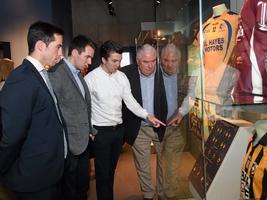
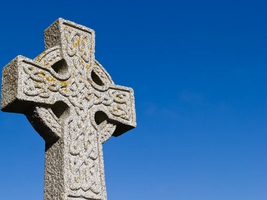
Glasnevin Cemetery & Museum
Some individuals would get the chills at the notion of strolling through a graveyard, but this location is essential to the history of Dublin.
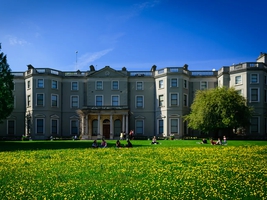
Farmleigh House & Estate
Built in late 18th century, Farmleigh House was originally as small Georgian house, bought by Edward Cecil Guinness, a great grandson of Arthur Guinnes’s, a founder of world famous Guinness Brewery.
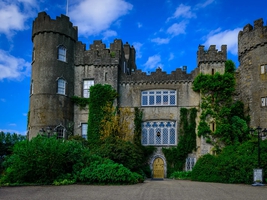
Malahide Castle & Gardens
A magnificent Malahide Castle dates back to 1175 making it one of the oldest castles in Ireland and was home for Talbot family for more than 800 years.
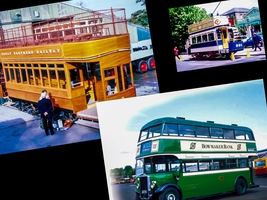
National Transport Museum
Located in Howth Demesne, the museum hosts 60 vehicles, from which the oldest dates back to 1883 and the newest dates to 1984.
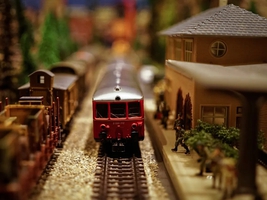
Fry Model Railway Collection
Fry Model Railway is a working miniature rail display, constructed in the 1920- 19030s, modernized and developed for years gave fantastic results.
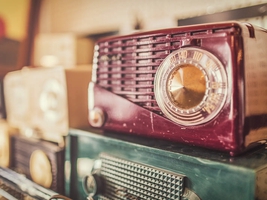
Ye Olde Hurdy Gurdy Museum Of Vintage Radio
Learn more about communications history and discover exhibition including recorders, transceivers, record music players, gramophones, crystal sets.
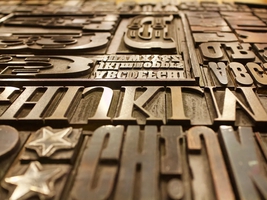
National Print Museum
In now days, when technology is improving so quickly, and we are so modern, the printing process is very easy- we can print whatever we want simply by just pressing one button.
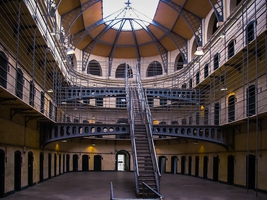
Kilmainham Gaol
A jail is one of the locations that best evokes Dublin's occasionally violent past. There is a strong sense of history in this place because it was the site of the 1916 Rising's leaders' executions, making it significant to the Irish uprising.
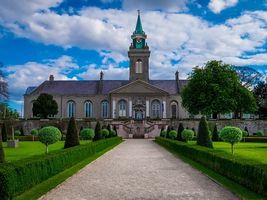
Irish Museum of Modern Art & Royal Hospital
On warm days, small groups relax on the meadows that surround IMMA before heading inside to take in all the modern art.
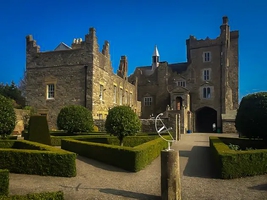
Drimnagh Castle
An authentic Drimnagh Castle, located in South Dublin, is the only remaining authenticcastle in Ireland, surrounded by a flooded moat.
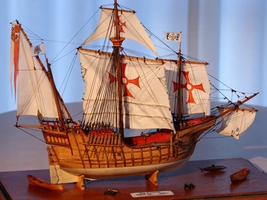
National Maritime Museum
The museum opened in 1978 in the former Mariners’ Church, which was built in 1837.
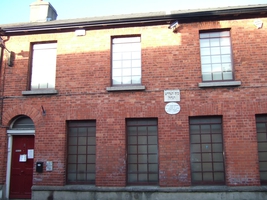
Irish Jewish Museum
Opened in 1985 by Irish-born former president of Israel, Dr. Chaim Herzog, during his visit to Ireland.
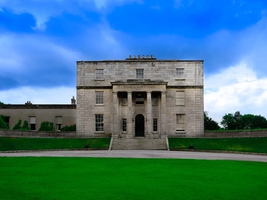
Pearse Museum
Pears Museum is dedicated to 2 brothers, Irish nationalists, leaders and heroes who were executed in the 1916 Rising for going against the British rules.
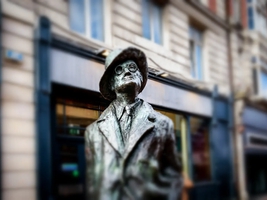
James Joyce Tower & Museum
A tower, that the museum is found, was built in preparation for a possible invasion by Napoleon, which never happened.
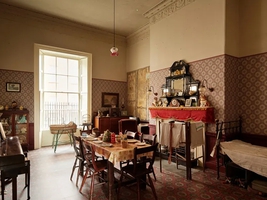
Henrietta Street
This 18th-century mansion is dear to the hearts of Dubliners who have resided in the city center for generations, showing who they are and where they have come from.
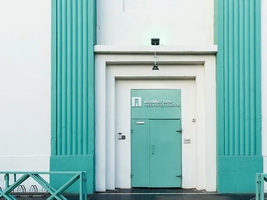
Windmill Lane Recording Studios
Although the exterior of this white, regal structure with its mint-green entryway may make it appear more like a vacation home taken from the French Riviera, the interior is filled with the sweat, blood, and tears of musicians like Kate Bush and U2.
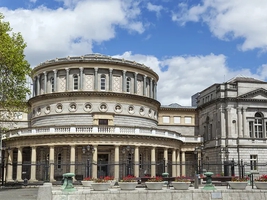
National Museum of Ireland - Archaeology
There is always a reason to stop by this city institution. Guests from out of town with family? In search of safety from the rain? Due to its collection of some of Ireland's most renowned (and fascinating) handcrafted antiquities, this well-liked museum is a success.
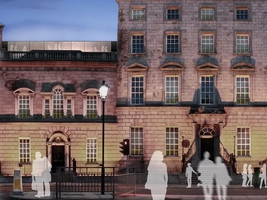
Museum of Literature Ireland
This new museum refuses to be a throwback to the past despite being located on the historic University College Dublin premises where James Joyce and Mary Lavin once scrawled in their notebooks.
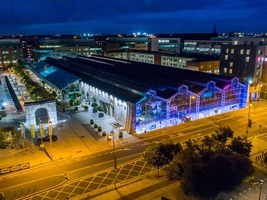
EPIC The Irish Emigration Museum
People all around the world can't help but mention that their second cousin once removed was Irish, and this location explains how that came to be.
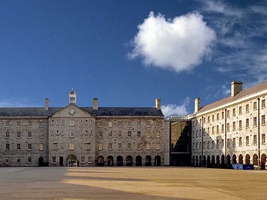
Collins Barracks
Collins Barracks is a former military barracks in the Arbour Hill area of Dublin, Ireland. The buildings now house the National Museum of Ireland – Decorative Arts and History.
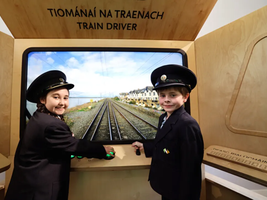
Casino Model Railway Museum
All aboard! Why not experience what it is like to drive a life-sized Iarnród Éireann train at the Casino Model Railway Museum in Malahide. A Children’s Interpretative Centre that brings children’s natural curiosity on a immersive and exciting rail journey.
The Irish are a talented (and proud) bunch, so the museums in the capital rightfully show off their greatest achievements. Most are delightfully free, too, so returning with visiting friends in tow is a given.